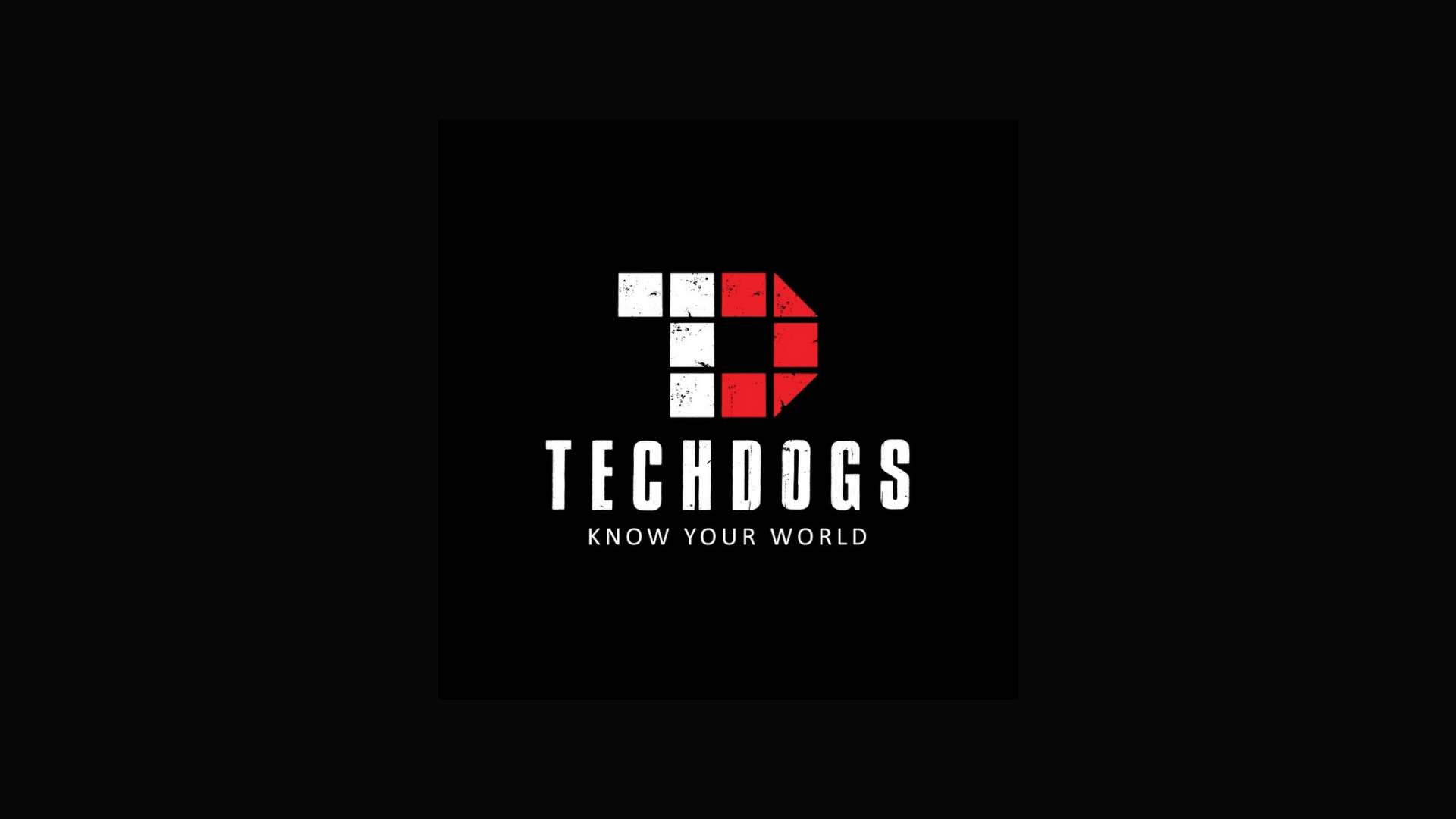Well, as it happens, no.
Amid the stress caused by all the change, budget reductions and increasing competition for leads, many marketers are almost entirely overlooking the fundamental principles of how to generate and sustain demand.
Even when desperate times call for desperate measures, we still need to make sure those measures are right. We need to use good, solid marketing techniques. And, most importantly, we need to understand the basics of how to generate, sustain and convert demand.
Everywhere I look recently, the term ‘demand generation’ has become a proxy for ‘lead generation’. It’s transformed into a short-term performance marketing tactic, and a function of blunt martech, spammy advertising and ‘hard sell’ tactics.
That is not demand generation. And considering it isn’t how B2B tech buyers buy, it doesn’t even work.
Demand generation is about creating future demand, as well as converting existing demand. This is the most important principle in B2B tech marketing.
Perception is more powerful than intent, and a focus on building future demand for your products and services is a tried and tested way to create long-term sustainable growth. But committing most of your marketing budget to identifying and selling only to ‘in-market’ customers is a waste of time and money. And a sure-fire way to decimate your marketing ROI.
At any time, only 5% of your target customers are in the market to buy. So why waste so much of your marketing time, resources and budget constantly attempting to sell to the 95% who aren’t?
Demand generation is integrated. It works through the funnel from awareness to conversion. And it uses the full marketing mix – from PR to digital – to ensure that the brand is everywhere the target customer expects it to be.
But most importantly, demand generation uses both brand and product marketing tactics. Demand generation programmes are only successful when they adhere to the principle that brand perception is more influential than product/service capability when it comes to making a final purchase decisions.
So, let’s get back to the basics of marketing, and let’s get back to the real game of demand generation. In short, ensure you integrate across multiple channels, always market through the funnel, understand that brand building and performance work together and align your strategies to customer buying behaviours.
If you want to know how to do that, contact us. It’s what we do.















